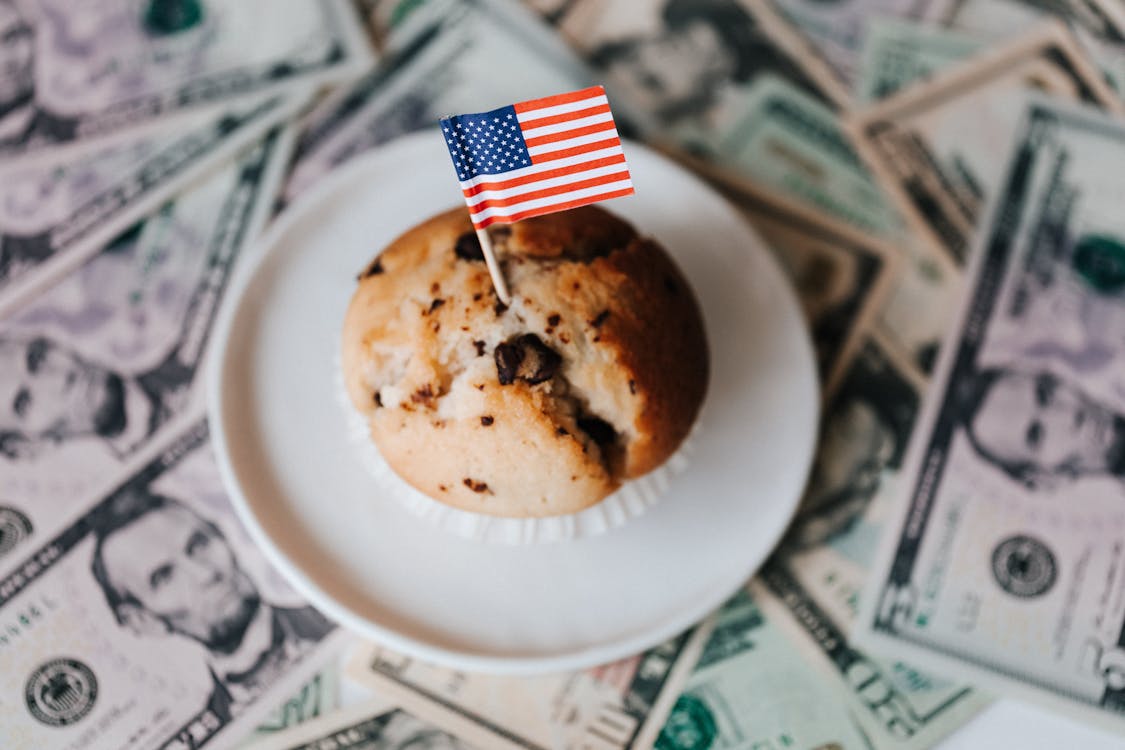
 Image Source: Pexels
Image Source: Pexels
0In 1970 everyone was feeling bad about the economy. How bad? To put a number to the pervasively negative vibe, Arthur Okun created the “misery index:” the sum of inflation and unemployment rates.But now everyone is puzzled. Why was the economic vibe of 2024 bad enough to get the Democrats thrown out of office? After all, Okun’s misery index for the quarter leading up to the election stood at just 6.8, which was actually a whisker below its average of 6.9 for the Trump years. What is more, it had been falling almost continuously for nine quarters after peaking in April 2022. Already six months before the election, when Okun’s index was still at 7.2, Paul Krugman wrote that for most Americans, the answer to the question, “Are you better off than you were four years ago?” should clearly be, “Yes.”But Krugman ruefully added, “for reasons that still remain unclear, many seem disinclined to believe it.” What went wrong?Maybe part of the problem is that we need a new misery index. Maybe the Okun version just doesn’t capture what makes people miserable these days. In the many postmortems asking what Krugman and many others might have been missing, four factors come up repeatedly. In what follows, I use them as the building blocks of a 21st century misery index.
Perceived inflation
Okun’s index did include inflation, but only the textbook version, that is, its rate over the most recent period. However, as one British economist told the Financial Times, “It takes time for a spike in prices to work its way through the electoral digestive system.” The fact is that consumers don’t perceive inflation as a rate at all. They perceive it as a level of prices that is higher than it used to be, based on memories that fade over time. To catch the persistence of perceived inflation, then, I use a weighted average of annual inflation rates over the past four years, with weights that decrease in the sequence 1, 0.5, 0.25, 0.125.
The job market
Everyone agrees that the job market is one thing that makes people feel good or bad about the economy. Okun used the unemployment rate, which, in a general sense, catches both the fear of losing one’s job and the sense of security that comes with knowing it will be easy to find a new one if you need to. Today, though, there are better indexes of labor market slack. I use one devised by Sebastian Heise, Jeremy Pearce, and Jacob P. Weber of the New York Fed. The HPW index, as they call it, starts with the “quits rate,” since people are more likely to tell their boss to shove it when the job market is strong. They then combine the quits rate with a measure of job openings per searcher as a measure of how easy it is to find a new job. They show their index to be a more accurate predictor of wage growth than the unemployment rate or other conventional measures of labor market slack.
Housing
Another thing that spoils everyone’s mood these days is the cost of housing. There are many measures of housing costs, including the shelter component of the Consumer Price Index, but one of the most painful is the ever-increasing cost of buying a house relative to how much you earn. Getting a first toehold in the housing market is especially hard. The average age of first-time homebuyers rose to an all-time high of 38 in 2024. As a measure of the associated misery, I use the number of years a person has to work at the average wage to buy a median-priced house.
Debt
Past misery index variants have included interest rates, on the grounds that high interest rates are painful to borrowers. But doing so raises the issue of whether to use nominal rates or real rates. Nominal rates are what people see, but economists insist that real rates, which correct for the effects of inflation on financial markets, are the only ones that matter. I finesse the real-nominal distinction by hypothesizing that the real pain of high interest rates comes when they force borrowers into default. Again, there are lots of possible measures. Since almost everyone has a credit card, I use the rate of delinquency on credit card debt as a measure of financial misery, but delinquencies on car loans and mortgages also rose in 2024.These four indicators are all scaled differently, so I first convert them into Z-scores. (Z-scores show how far each observation lies above or below its mean, with each indicator’s standard deviation as the unit of measurement.)1 I then average the Z-scores for the four component indicators to get my New Index of Misery (NIM).Here is a chart of the NIM and its components:
I see several clues to the election results in this chart.
The bottom line: The economy was far from the only factor that affected the outcome of the 2024 election. But, if you go by the New Index of Misery, it is not hard to see that the Democrats were fighting headwinds all year long. Even though The Economist had the U.S. economy on the cover of a pre-election issue as “The envy of the world,” not all Americans were feeling so blessed.Footnotes
More By This Author:Populism, State Capacity, and Why It Pays to Play by the RulesRedefining Poverty: A Response To Conservative Critics Does Targeting Supercore Inflation Make Sense?















